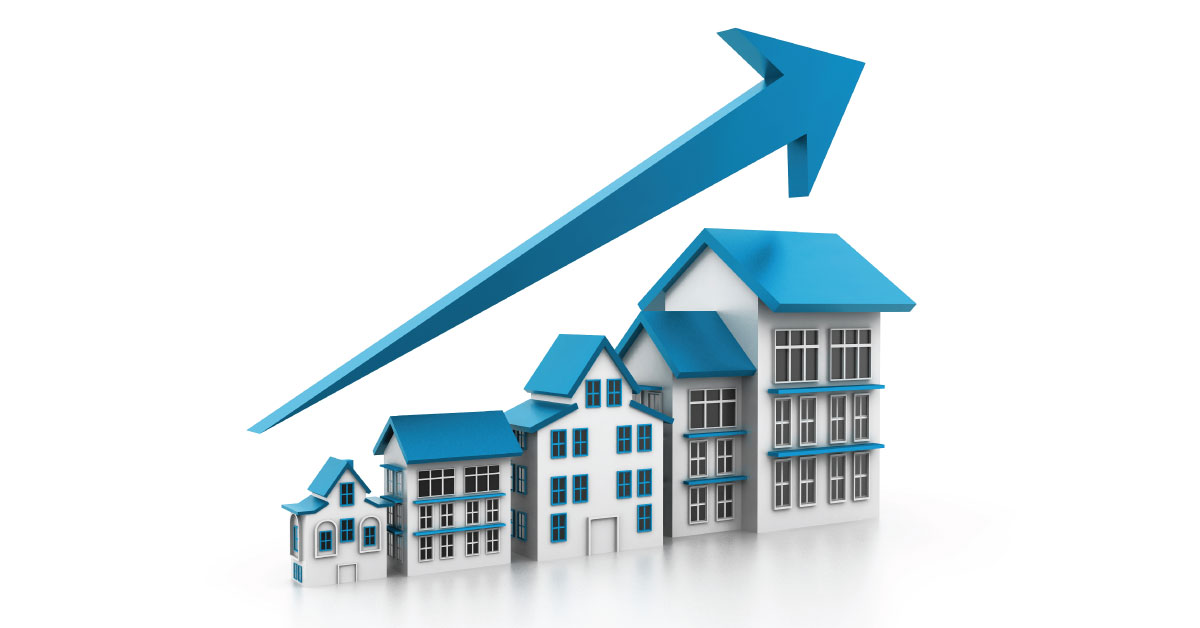Most fortunes are made at least in part through real estate ownership. But most people struggle just to own their homes, and can’t afford other property investments. They feel like the “rich keep getting richer”, but they are left out. It doesn’t have to be this way, but to shed some light on this subject, we have to first examine how real estate investments usually work.

What do investors make from rental real estate, and why do they put their money there?
Some will make their real estate investments by speculating on pre-sale condos, and others will buy an existing building, either with professional management, or taking on the management themselves.
For others seeking truly passive income, the management functions are delegated. including both the day-to-day management of property and tenants, and the idea of portfolio management, in which professionals choose which assets to buy, and manage a diversified mix to mitigate risk. Gains on some assets are bound to help cover the occasional losses.
Many investors put their money into Real Estate Investment Trusts (REIT’s) and into Mortgage Investment Corporations (MIC’s), for returns that typically vary between 6 and up to 16%, or even more, over some periods. Their money is pooled with funds from other investors, so they can share in the ownership and outcomes of assets too expensive for them to buy on their own. I’d bet that most of those investors would say they were pleased with the outcome if they’d maintained a sustained return of 8% over a number of years.
This could compare well with the equity and bond or money markets, where risks would vary and so would returns – as high as 16% or more on average for many years at a time, but then counter-balanced with periods of flat-lined or even negative returns where asset values decline and equity, at least on paper, actually declines.
Amongst these alternative categories of investments are other variables like liquidity, and currency and political risk. A significant distinguishing factor for real estate is the long asset lives, and the scarcity. As we say, “they’re not making any more land”. Add to that the predictable inflation in building costs, which means that replacement cost is always higher than what you paid, and it makes real estate assets with sustainable cash flows a good choice for any balanced portfolio.

Life Purpose in Retirement
The Canadian residential rental market has been booming, and for good reason. There is abundant accumulated capital, seeking good deals to invest in. There are many qualified analysts and managers with the capability to assess, choose, and manage the assets. Even in recessionary (or pandemic) times, everyone still needs a roof over their heads. And technology trends are facilitating adding value to traditional forms of rental housing, often far beyond the actual costs of the innovations and conversions that are going on.
There’s immense potential for rents to keep on rising, at least in the major metro markets like Vancouver and Toronto where population seems assured to keep growing. It’s stimulated by our reliable federal immigration policy that is geared to growing the economy. And immigrants tend to congregate where their relatives already live – in the major metro regions.
It seems that demand will continue to outpace the provision of new supply. New housing supply is restricted by municipal development approval processes and densification debates that add time, and extra costs. Lately, the industry is promoting the virtues of rental tenure housing – the importance of approving more of it to be built, and the advantages of rental living for the tenants.
We live in times of huge choice, mobility, connectivity, and change, and no one wants to be held down to stay in the same place for too long, so why not keep renting and enjoy the freedom?

Ownership is still favoured
Still, ownership is by far the favoured tenure option. Some families are fortunate to have the financial depth to invest directly to help their younger heirs into home ownership. If they’ve done so during the last decade in Toronto or Vancouver, they’ve seen their asset values double and their young people acquire significant home equity, as long as they’ve stayed with the plan to live in and cover the financing of their homes.
The icing on this cake is that the capital gains on those principal residences are non-taxable. We don’t need to look too far to find cases of urban homeowners who are making more after tax from their housing than they make from their jobs.
But what of those families who can’t afford to set Junior up as a first home buyer? What if they have 3 Juniors? They need a vehicle for family real estate investment that can help them manage the issues of their own financial security, the scarcity of their available funds, and the need to help more than one child over the same time frame. Now there is a way – the Live to Own™ program. Click here to find out more.
There’s a simple way to look at this as sensible family investment: A small chunk of family wealth can set a younger family member up for ownership of an asset likely to see rising value, with no tax on the gains. The family investment, coupled with the income of the young beneficiary (to service the mortgage), makes for a powerful way to multiply the leveraged effectiveness of the family wealth.
